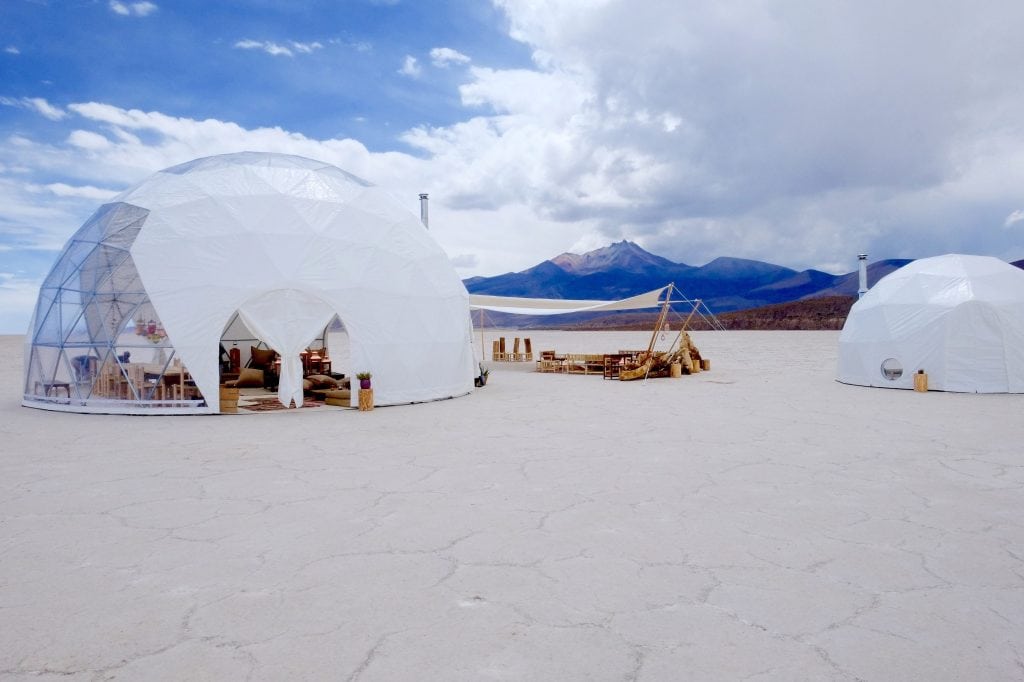Skift Take
Just when you started having it up to here with ballyhooed buzzwords like millennials, authenticity and experiential travel, along comes J. Walter Thompson with a whole new compendium of marketing terminology. Let's see what sticks.
Watch out, luxury travel marketers, there’s a new generation to pay attention to, and it’s not Generation Z.
The rise of the xennial is just one of the trends identified in J. Walter Thompson Intelligence’s Future 100: 2018.
The report covers trends in a range of areas, including technology, food, retail, culture, luxury and travel. One of the most significant trends that crosses categories is that of the xennial: a mix of younger Generation X’ers and older millennials.
“A new generational cohort is emerging—one that marketers need to heed. Xennials are a microgeneration aged 30 to 45—older than typical millennials, but younger than (most of) Generation X,” says the report.
According to Dan Woodman, an associate professor of sociology at The University of Melbourne, “They get described as a golden mean between the cynicism attributed in generational stereotypes to Gen X and the optimism and overconfidence of the millennials.”
Jean W. Twenge, a professor of psychology at San Diego State University, has researched generational differences for 25 years. In her books Generation Me and iGen, she says that the key difference separating those born between 1979 and 1985 is that they grew up in a pre-smartphone, analog world (more or less).
As a result, they differ from younger millennials in how they process information, how they view the world and how they spend their time. As Emma Chiu, JWT Worldwide’s creative innovation director, says, “Xennials appreciate a mix of digital and analog. They are not digital natives, but they are digital savvy. “
Their psychological make-up isn’t the only thing that distinguishes xennials from their younger peers.
“They are at different life stages. Xennials are more likely to have homes and families. Plus, the oldest have been working for more than 10 years,” Chiu says.
Because they’ve been working for so long, this generation is likely making decent money. That’s why luxury marketers should be paying specific attention to them. No more one-size-fits-all millennial brands, like the wave of hotels (Moxy, Hotel RL) that started up during the past half-dozen years. According to the Future 100, “The generation that popularized much of today’s hipster culture still seeks brands that are edgy and relevant but, today, they increasingly want a more refined and ‘adult’ experience.”
From Material to Experiences
The Future 100 highlights ten trends each in travel and in luxury. In many cases, the two categories seem to overlap. In all cases, most of the trends bear out much of what Skift has reported over the past year.
The travel trends most pertinent to the upscale market occupy the luxury space. According to Chiu, the reason for the increasing presence of travel in JWT’s luxury listings is that “the industry is changing. We noticed luxury increasingly moving from material to experiences in 2016, but 2017 is where we saw more examples.” These examples often entail going “somewhere far out there in terms of danger or distance… or providing an interesting cultural experience.”
The shifting luxury sector reflected in trends including Remote on Demand and Anti-Luxury Luxury. Anti-Luxury Luxury is an emerging form of travel, according to JWT, in which high-end tourists are willing to forsake comfort in the quest for physical or intellectual challenges that deliver personal growth. According to the report, “New luxury travel fixers offer unpredictability, extreme authenticity, and the excitement of a challenge. Comfort takes second place to an inner journey to self-discovery.”
Somewhat related is Remote on Demand. With unlimited expense accounts and access to private planes, wealthy travelers can go anywhere, anytime. That’s why travel companies are starting to deliver one-of-a-kind experiences to the middle of nowhere.
For example, Blink, a new division of London-based luxury travel company Black Tomato, goes as far as designing pop-up accommodations in what it describes as “locations so private and untouched that no one else will have stayed there before and never will again in the same way.” Blink has popped up with bubble tents in Chile’s Atacama Desert, yurts in the Bolivian Andes and tepee-like nomadic tents in Oman.
Certainly, these trends do not reflect your grandfather’s version of luxury. But as Chiu notes, “Luxury is now about things that may be distinct, immersive and difficult to attain.” If that’s the case, it wouldn’t surprise us to see travel trends dominate JWT’s 2019 luxury list.
The Daily Newsletter
Our daily coverage of the global travel industry. Written by editors and analysts from across Skift’s brands.
Have a confidential tip for Skift? Get in touch
Tags: black tomato, luxury, millennials
Photo credit: Dome tents in the Uyuni Salt Flats, Bolivia. Blink by Black Tomato specializes in sending travelers to remote locations. Stéphane Gautronneau / Black Tomato
